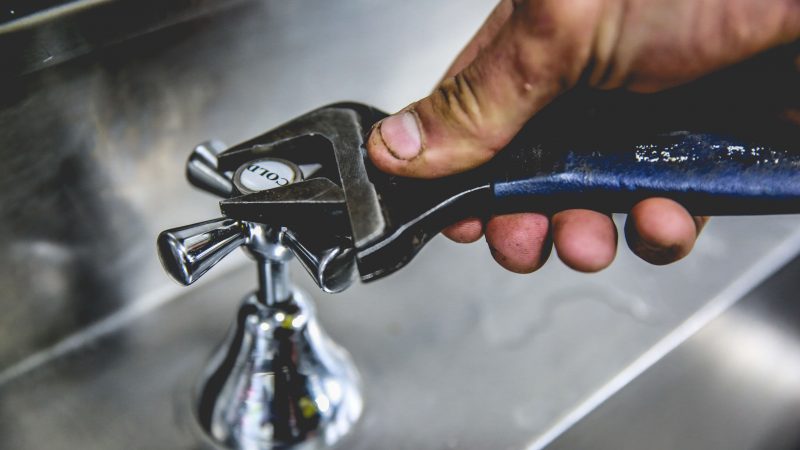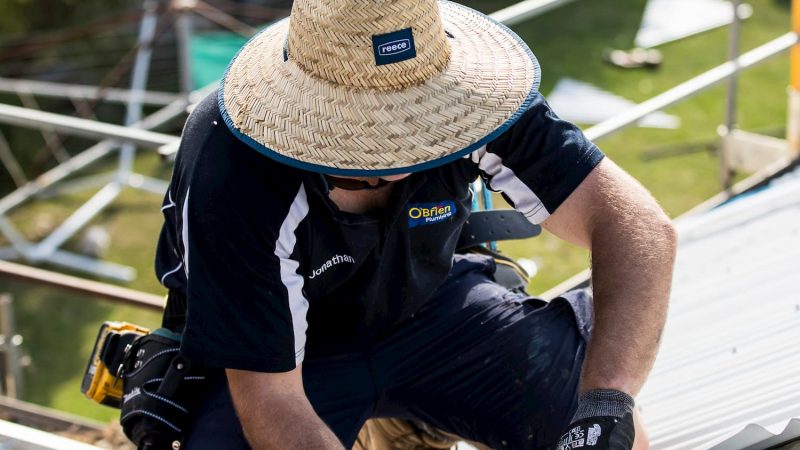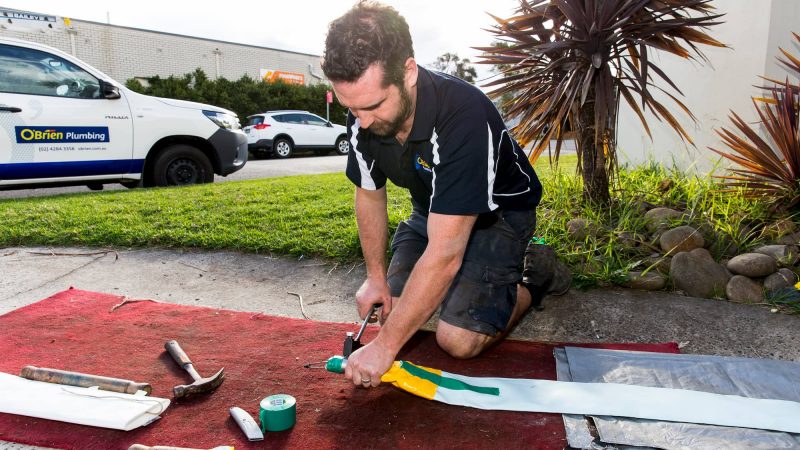In the 2020/21 financial year, according to Sydney Water the average water service charge for residential properties in the Sydney and Illawarra areas is $40.24 per year.
With recent years seeing severe droughts and dam levels dropping, the NSW Government released a new incentive for Sydney households to reward customers who conserved water in times of drought.
As of July 1st, this year the price you pay for water in Wollongong will depend on dam levels. When dam levels are above 60 per cent, you will pay $2.35 per kilolitre of water you consume. However, if dam levels drop below 60 per cent, the price will rise to $3.18 per kilolitre.
How to break down your water bill
While these new incentives are a positive step forward and provide a more substantial reward to households who conserve water in draughts, understanding your water bill is vital so you know where you can cut back on consumption and save.
Your typical water bill is taken from water readings every three months. The bill covers:
- The usage-based water consumption charge
This is the fee based on actual water used and is a single amount per kilolitre. The drinking water charge for the Sydney and Illawarra areas is $2.35 per Kl but will increase to $3.18 per Kl if dam levels drop below 60 per cent in Greater Sydney.
- The fixed water service availability charge
This is the fixed annual fee which is made up of the connection and is the same for both single-family homes or apartments. For 2020/21 financial year, the charge in the Shoalhaven area is $83 per year.
- The fixed wastewater (sewage) service availability charge
This is also a fixed annual fee and for the 2020/21 financial year. The annual sewer service charge for the Shoalhaven area (Shoalhaven Water) residences for 2020/21 is set at $876 per year. The annual sewer service charge for Sydney and Illawarra areas (Sydney Water) residences for 2020/21 is set at $549 per year.
How does your bill compare with other States?
According to a survey conducted by Canstar Blue, the average quarterly water bill in Australia is $272. Households in Western Australia reported the lowest average water bills at $234, while those in Tasmania reported the highest average at $365.
| State | Average Quarterly Water Bill |
| Western Australia | $234 |
| New South Wales | $246 |
| Victoria | $259 |
| Queensland | $300 |
| South Australia | $324 |
| Tasmania | $365 |
(Source: https://www.canstarblue.com.au/)
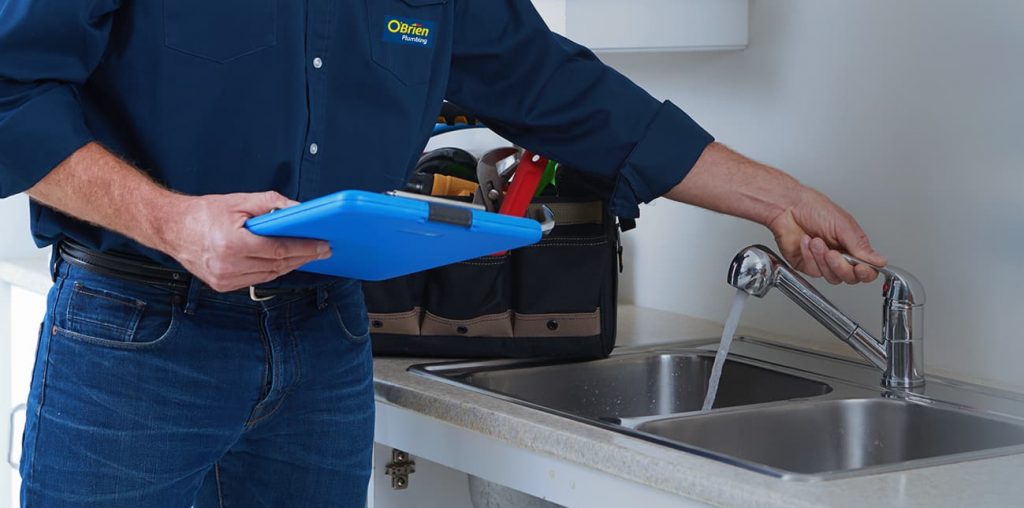
With Summer approaching, it’s the perfect time to start thinking about ways your household can save on water. Our local Wollongong plumbers have put together some key tips to help you lower your water usage.
Here are some easy and practical ways you can make a big difference to help reduce your next water bill.
How To Reduce Your Water Bill
1. Take shorter showers
The average Australian has a shower for 7 minutes which uses approximately 55 litres of water. To reduce your time in the shower, try using a timer and make your time in the shower count.
In other words, wash, shampoo and shave straight away rather than standing for a period before doing these things. Another handy tip is placing a bucket to catch some water which you can use on plants after the shower.
2. Install a water-efficient showerhead
Installing a low flow showerhead can reduce the amount of water you use in the shower by up to 50 per cent. Making this simple switch can help you reduce your water bill dramatically, as well as save on energy costs from hot water use.
3. Choose water-efficient appliances
If you’re building a new home or looking at upgrading your appliances, choosing energy-efficient and water-efficient appliances can make a massive difference to your overall bills over 12 months. Hot water systems, in particular, are becoming both more energy and water efficient every year.
4. Run full loads of dishes and laundry
Only packing your dishwasher and washing machine half full, means you’re running at half capacity also. When you run full loads, you’re reducing the number of washes you’re doing which will save you water.
6. Upgrade your toilet
Full flush toilets use about 11 litres of water per flush. By installing a dual flush unit, it will only use 3-4.5 litres for a half flush. Get into the habit of not flushing overnight and have your plumber adjust your flush volume with an adjustable flapper to save up many litres per flush. Ask you plumber about installing a fill cycle diverter to divert overflow water back to the tank during the filling cycle which can save another 2 litres per flush.
6. Don’t let the water run
This may seem obvious. But you’d be surprised at how much water can be wasted by running the water when brushing teeth or shaving or running the water to wash vegetables. Fill the sink with a small amount of water to rinse off toothbrushes and razors in the bathroom. When cooking, do the same in the kitchen to soak and rinse vegetables instead of running a tap to rinse.
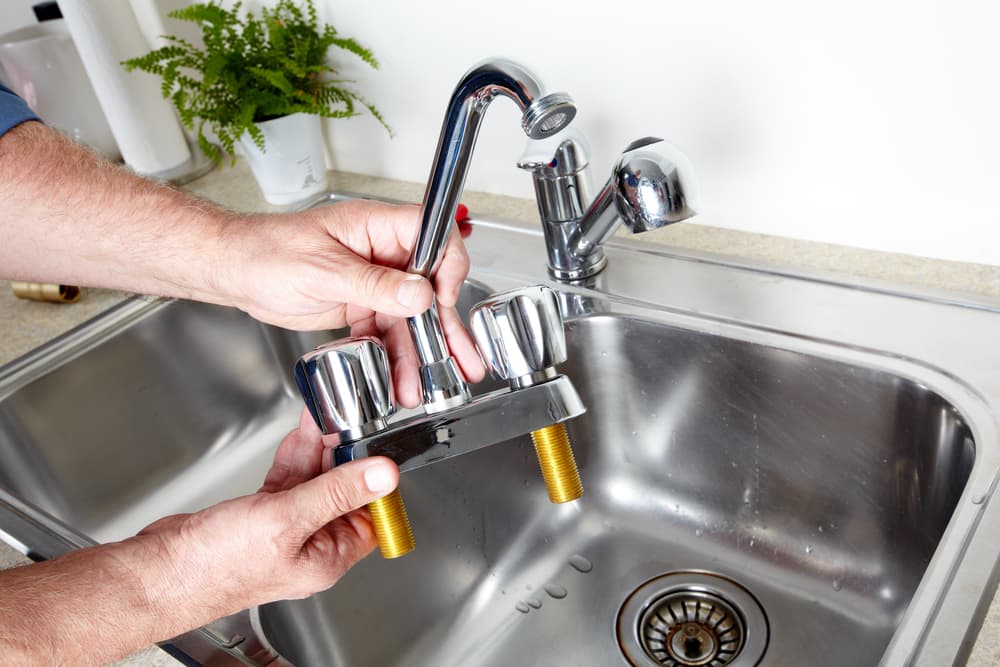
7. Keep an eye out for broken pool pipes
Our own expert plumber Jon Schafer says one of thing to keep an eye out for water usage in pools. For some pools, water is lost through broken pressure PVC pipes going to the pumps. At O'Brien Plumbing North Wollongong, our we can repair broken pool pipes with “no-dig” pipe relining, allowing us to repair broken pool pipes without ripping up concrete pavers around the edge.
8. Don’t hand wash dishes or your car
It’s surprising to most people, but you use 1/6 less water by running a full load in the dishwater. Also taking your car to a car wash will save you approximately 400 litres of water. Plus, if you choose a car wash that recycles water, you’ll be helping the environment, too.
9. Mulch your garden
If you’re looking for a way to reduce the amount of water your garden needs, consider applying a fresh layer of mulch. Mulch reduces evaporation. This ensures your garden gets the full benefit of rainwater and soaks up your watering more effectively.
Get In Touch For Professional Help Reducing Your Home’s Water Bill
When it comes to saving money on your water bill some simple ideas make a big difference over time. Even if you only reduce your water bill by $25 each month, that’s an extra $300 you’ll save in a year.
For more tips on saving water, read our full list of How To Save Water In Your Home.
O'Brien Plumbing North Wollongong can help you install water-saving devices and fix any leaks you might be experiencing causing. Get in touch with us today, contact us online or call us on (02) 428 4 3358.
![Average Water Bill in Wollongong [And How To Reduce Yours]](https://www.obrien.com.au/wp-content/uploads/2020/10/how-to-reduce-your-water-bill.jpg)
